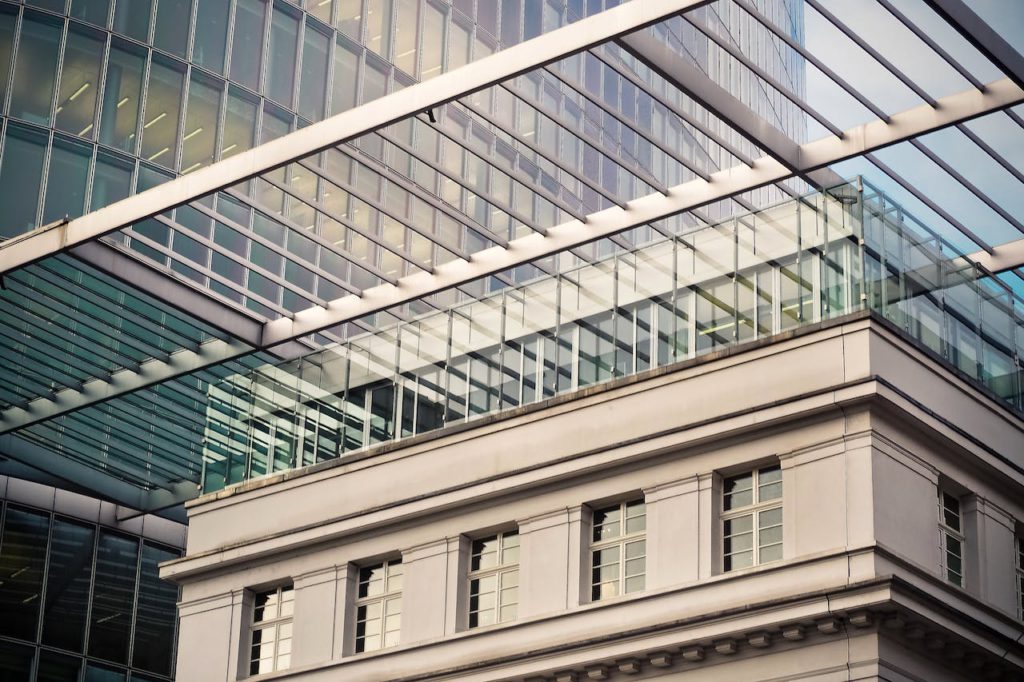In modern architecture, the importance of structural elements in design cannot be overstated. Steel framing, in particular, has emerged as a versatile and robust option that architects and builders are increasingly turning to for its capacity to provide architectural freedom and open up a world of design possibilities. This article will delve into steel framing, specifically steel frame walls, to explore how they grant architects unparalleled creative freedom in their projects.
- The Strength and Flexibility of Steel Framing
Steel framing, characterised by its strength and flexibility, allows architects to design structures that may have been challenging or impossible with traditional construction materials. Steel frame walls, in particular, provide a solid foundation for innovative and daring architectural designs.
The inherent strength of steel allows architects to create larger open spaces with fewer support columns, resulting in more expansive and unobstructed interiors. This is especially appealing for contemporary designs emphasising open layouts and seamless transitions between spaces. Whether designing a spacious loft or an airy office complex, steel framing enables architects to bring their visions to life. - Incorporating Unique Shapes and Angles
Steel framing’s adaptability doesn’t stop at creating open spaces; it also facilitates the incorporation of unique shapes and angles into building designs. Unlike traditional construction materials, steel can be easily moulded and shaped to fit virtually any architectural concept.
Whether it’s curved walls, soaring arches, or irregular geometric shapes, steel frame walls can be fabricated to precise specifications, allowing architects to push the boundaries of design. This versatility is valuable for creating iconic landmarks and contemporary architectural masterpieces that stand out in the urban landscape. - Maximising Natural Light and Views
Architects often strive to maximise natural light and provide breathtaking views. With its slender profiles and high strength-to-weight ratio, steel framing is an excellent choice for achieving these goals.
Large windows and glass facades supported by steel frame walls flood interiors with daylight and provide stunning panoramic views of the surroundings. This design approach blurs the lines between indoor and outdoor spaces, creating a harmonious connection with the environment while maintaining structural integrity. - Sustainable and Efficient Design
In today’s architectural landscape, sustainability is a top priority. Steel framing aligns well with eco-conscious design principles. Steel is highly recyclable, and its longevity means reduced maintenance and replacement, contributing to sustainable construction practices.
Additionally, steel framing allows for integrating energy-efficient features such as thermal insulation, efficient HVAC systems, and renewable energy sources. These elements can be seamlessly incorporated into the building’s design, ensuring optimal energy performance and reducing its environmental footprint. - Building Height and Structural Stability
Steel framing is an indispensable tool for architects envisioning skyscrapers and high-rise buildings. Steel’s exceptional strength and durability make it the preferred choice for tall structures, offering the structural stability required to withstand gravity and lateral loads.
With steel frame walls and supporting structures, architects can design soaring skyscrapers that stand as testaments to human ingenuity and provide functional and awe-inspiring spaces for work, residence, and leisure. - Customization and Aesthetic Appeal
Beyond its structural advantages, steel framing allows for a high degree of customization, enabling architects to achieve their desired aesthetic goals. Steel can be finished in various ways, from sleek and modern to rustic and industrial, catering to different architectural styles.
Moreover, steel frame walls can be used as design elements themselves. Exposed steel beams, columns, and trusses can create an industrial or contemporary look that adds character and visual interest to a space, further enhancing the overall design. - Adaptability and Future-Proofing
In a rapidly changing world, adaptability and future-proofing are critical architectural considerations. Steel framing excels in this regard as well. Its modular nature allows for easy modifications and expansions as the needs of a building evolve.
Architects can design with the future in mind, knowing that steel-framed structures can be adapted to accommodate changing requirements, whether adding additional floors, reconfiguring interior spaces, or integrating new technologies.
Steel framing, particularly steel frame walls, empowers architects to explore uncharted territories in architectural design. Its strength, flexibility, and sustainability make it a top choice for those seeking to push the boundaries of what’s possible in architecture. From innovative shapes and angles to maximising natural light and views, steel framing offers a wealth of design possibilities that continue redefining the skyline and architectural landscapes worldwide. Architects can unleash their creativity with steel as their canvas and create iconic structures that captivate and inspire future generations.

